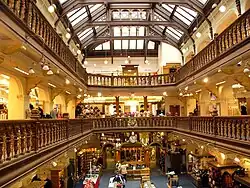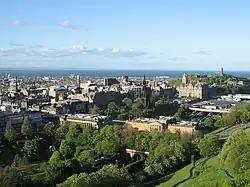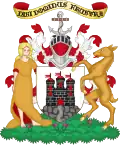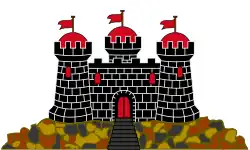Portal:Edinburgh
The Edinburgh Portal
Welcome! — Fàilte! — Walcome!
Edinburgh is the capital city of Scotland and one of its 32 council areas. It is located in southeast Scotland and is bounded to the north by the Firth of Forth and to the south by the Pentland Hills. Edinburgh had a population of 506,520 in 2020, making it the second-most-populous city in Scotland and the seventh-most-populous in the United Kingdom. The wider metropolitan area had a population of 912,490 in the same year.
Recognised as the capital of Scotland since at least the 15th century, Edinburgh is the seat of the Scottish Government, the Scottish Parliament, the highest courts in Scotland, and the Palace of Holyroodhouse, the official residence of the British monarch in Scotland. It is also the annual venue of the General Assembly of the Church of Scotland. The city has long been a centre of education, particularly in the fields of medicine, Scottish law, literature, philosophy, the sciences and engineering. The University of Edinburgh was founded in 1582 and is now one of three universities in the city. The financial centre of Scotland, Edinburgh is the second-largest financial centre in the United Kingdom, the fourth-largest in Europe, and the thirteenth-largest in the world.
The city is a cultural centre, and is the home of institutions including the National Museum of Scotland, the National Library of Scotland, and the Scottish National Gallery. The city is also known for the Edinburgh International Festival and the Fringe, the latter being the world's largest annual international arts festival. Historic sites in Edinburgh include Edinburgh Castle, the Palace of Holyroodhouse, St Giles' Cathedral, Greyfriars Kirk, Canongate Kirk and the extensive Georgian New Town built in the 18th and 19th centuries. The Old Town and the New Town are together listed as a World Heritage Site by UNESCO, and the site has been managed by Edinburgh World Heritage since 1999. The city's historical and cultural attractions have made it Britain's second-most-visited tourist destination, attracting 5.3 million visits, including 2.4 million from overseas, in 2023. (Full article...)
Selected location article

Martello Court is a residential building and one of the tallest buildings in Edinburgh, Scotland. It is 64 metres (210 ft) high, with 23 floors. It was known as the Terror Tower in the 1970s and 1980s because of the crime around it. It is on Pennywell Gardens in Muirhouse, in the north-west of the city. (Full article...)
Selected images
Selected transportation article
Haymarket railway station is the second largest railway station in Edinburgh, Scotland, after Waverley railway station.
The station serves as a major commuter and long-distance destination, located near the city centre, in the West End. Trains from the station serve much of Scotland, including Fife and Glasgow, as well as suburban lines to the east, and the East Coast Main Line through to London King's Cross. It is the fifth busiest railway station in Scotland. (Full article...)
Selected area article
Oxgangs is a suburb in the south-west of Edinburgh, Scotland. Surrounding districts include Caiystane, Dreghorn, Redford, Fairmilehead, Colinton and Swanston and Colinton Mains. The post code area for Oxgangs is EH13. (Full article...)
Selected environment article
Inchmickery is a small island in the Firth of Forth in Scotland. It is about two miles (3.2 km) north of Edinburgh.
Its name comes from the Scottish Gaelic, Innis nam Biocaire, meaning Isle of the Vicars, implying that there may have been an old ecclesiastical or Culdee settlement here, as in nearby Inchcolm. It features occasionally in a riddle, "How many inches is the Forth?", playing on a pun on 'Inch' (Innis), the Gaelic word for island, and inch, the imperial measurement. (Full article...)
Did you know?
No recent additions
Selected arts article
.jpg)
The Royal Edinburgh Military Tattoo is an annual series of military tattoos performed by British Armed Forces, Commonwealth and international military bands, and artistic performance teams on the Esplanade of Edinburgh Castle in the capital of Scotland. The event is held each August as one of the Edinburgh Festivals. (Full article...)
Selected education article

Heriot-Watt University (Scottish Gaelic: Oilthigh Heriot-Watt) is a public research university based in Edinburgh, Scotland. It was established in 1821 as the School of Arts of Edinburgh, the world's first mechanics' institute, and was subsequently granted university status by royal charter in 1966. It is the eighth-oldest higher education institution in the United Kingdom. The name Heriot-Watt was taken from Scottish inventor James Watt and Scottish philanthropist and goldsmith George Heriot.
The annual income of the institution for 2022–23 was £259.5 million of which £33 million was from research grants and contracts, with an expenditure of £266.7 million. Known for its focus on science as well as engineering, it is one of the 23 colleges that were granted university status in the 1960s, and it is sometimes considered a plate glass university, like Lancaster and Warwick. (Full article...)
Selected sports article
Murrayfield Ice Rink is a 3,800-seat multi-purpose arena in Edinburgh, Scotland, adjacent to Murrayfield Stadium and situated between the Murrayfield, Roseburn and Saughtonhall neighbourhoods. It was built between 1938 and 1939 (but was not used for its intended purpose until the 1950s, having been used as a store during the Second World War) and is home to the Edinburgh Capitals ice hockey team and a seven-sheet curling rink which was constructed in the 1970s following the closure of Haymarket Ice Rink. In 2013 it was designated a Category B listed structure by Historic Environment Scotland due to being "an extremely rare surviving example of a purpose-built ice rink building... features a stylish 1930s Art Deco entrance façade". Since 2021, the Edinburgh Rugby Stadium has been situated immediately to the south. (Full article...)
Selected religion article
St Giles' Cathedral (Scottish Gaelic: Cathair-eaglais Naomh Giles), or the High Kirk of Edinburgh, is a parish church of the Church of Scotland in the Old Town of Edinburgh. The current building was begun in the 14th century and extended until the early 16th century; significant alterations were undertaken in the 19th and 20th centuries, including the addition of the Thistle Chapel. St Giles' is closely associated with many events and figures in Scottish history, including John Knox, who served as the church's minister after the Scottish Reformation.
Likely founded in the 12th century and dedicated to Saint Giles, the church was elevated to collegiate status by Pope Paul II in 1467. In 1559, the church became Protestant with John Knox, the foremost figure of the Scottish Reformation, as its minister. After the Reformation, St Giles' was internally partitioned to serve multiple congregations as well as secular purposes, such as a prison and as a meeting place for the Parliament of Scotland. In 1633, Charles I made St Giles' the cathedral of the newly created Diocese of Edinburgh. Charles' attempt to impose doctrinal changes on the presbyterian Scottish Kirk, including a Prayer Book causing a riot in St Giles' on 23 July 1637, which precipitated the formation of the Covenanters and the beginnings of the Wars of the Three Kingdoms. St Giles' role in the Scottish Reformation and the Covenanters' Rebellion has led to its being called "the Mother Church of World Presbyterianism". (Full article...)
Related portals
Categories

Topics
In the news
No recent news
Associated Wikimedia
The following Wikimedia Foundation sister projects provide more on this subject:
-
Commons
Free media repository -
Wikibooks
Free textbooks and manuals -
Wikidata
Free knowledge base -
Wikinews
Free-content news -
Wikiquote
Collection of quotations -
Wikisource
Free-content library -
Wikiversity
Free learning tools -
Wikivoyage
Free travel guide -
Wiktionary
Dictionary and thesaurus
-
 List of all portals
List of all portals -

-

-

-

-

-

-

-

-

-
 Random portal
Random portal -
 WikiProject Portals
WikiProject Portals
.jpg)

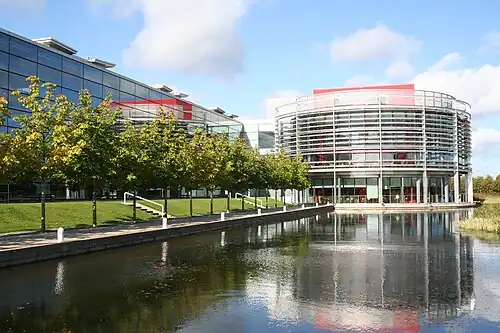
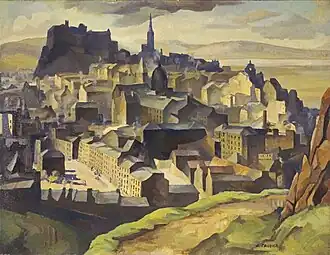


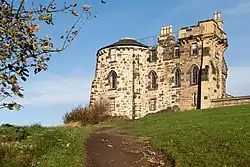
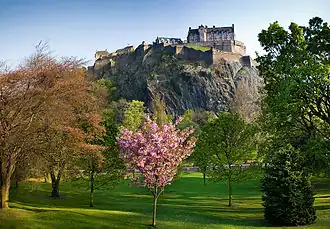
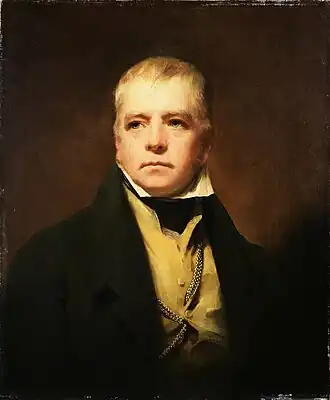
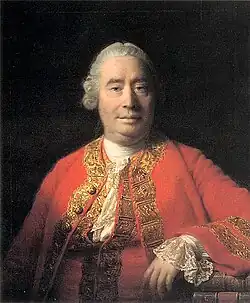
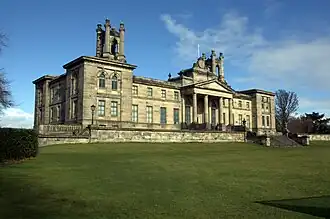

.jpg)
.jpg)
.jpg)
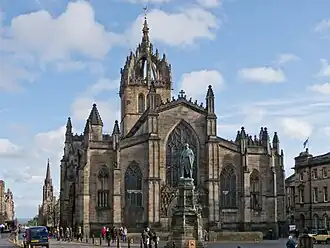
.jpg)
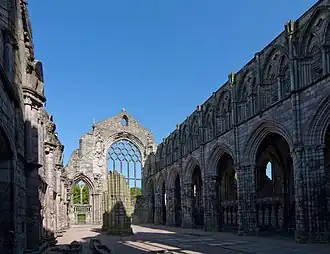

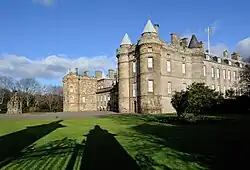
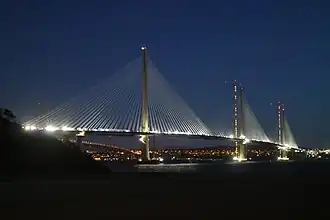

.jpg)
